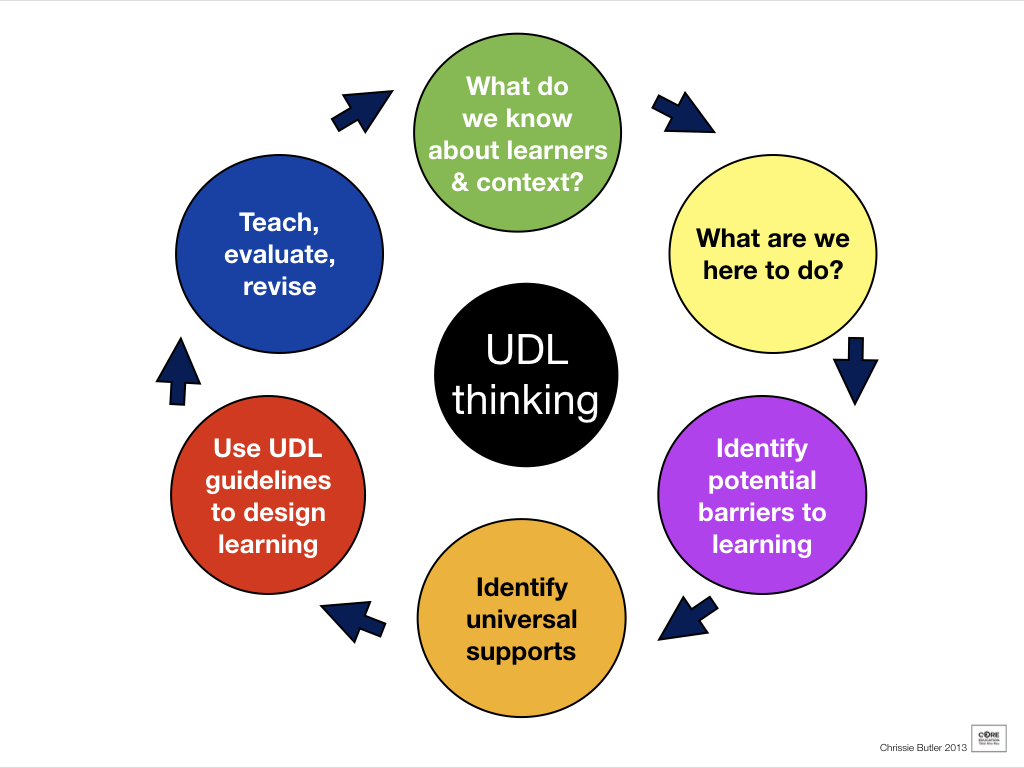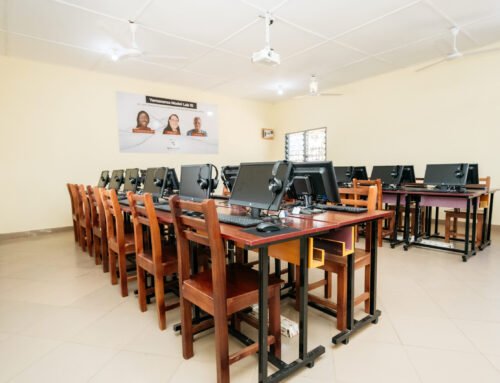
The Universal Design for Learning Series: What is UDL?
Universal Design for Learning (UDL) is a framework developed by CAST, an Understood.org founding partner. UDL guides the design of learning experiences to proactively meet the needs of all learners. When you use UDL, you assume that barriers to learning are in the design of the environment, not in the student. UDL is based on brain science and evidence-based educational practices. It also leverages the power of digital technology as promoted by TECHAiDE.
Imagine this: Your students are going to write an essay on the stages of butterfly metamorphosis.
Some students have seen butterflies grow through the different stages at a local science museum. These students are excited to share what they know. Other students don’t know anything about butterflies and are nervous about writing on this topic. And some students don’t like to write — they dread this activity from the moment you say “essay.”
In any class, you know there’s a wide range of enthusiasm, background, and skills among your students. When you plan with this range in mind, you can approach the lesson in several ways.
Watch a video of what UDL looks like in the fifth-grade classroom of Understood Teacher Fellow Eric Crouch.
You could share a mini-lesson on butterfly metamorphosis and have students use a guided worksheet as they write. Or you could set up stations where students are grouped using flexible grouping around understanding of the topic, language ability, or reading level.
But take a step back. In any lesson or task, you can anticipate this range of variability among your students. There’s another approach you can take to plan for this variability in all your lessons thus the Universal Design for Learning (UDL).
Follow our next Blog Series to know more about how the UDL works.
Leave us a comment in our email: admin@techaide.global








